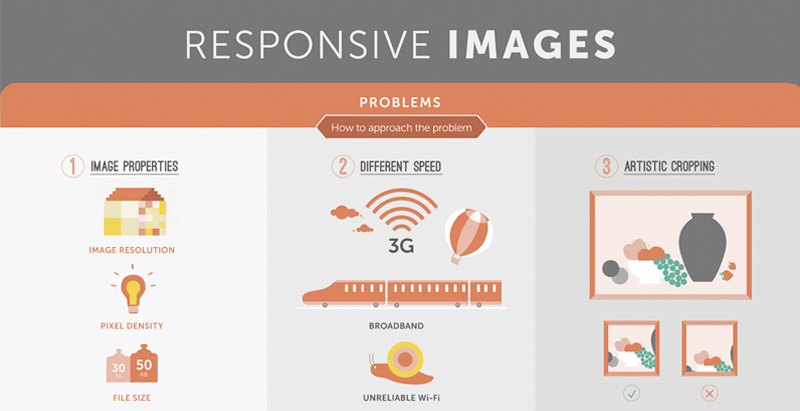Interested In Learning Just How Website Layout Has Developed? Take A Trip Through The Transformation
Interested In Learning Just How Website Layout Has Developed? Take A Trip Through The Transformation
Blog Article
Authored By-Kinney Bojesen
In the past, sites were simple and focused on info. Navigating was direct, and style was for desktop computers. Currently, customer experience is vital. Information guides designs for simple navigation. Receptive formats match various gadgets. Today, dark mode lowers pressure, and minimal food selections enhance navigation. Interactive functions engage individuals, and bold visuals stand apart. AI combination boosts engagement. See how style has actually evolved to enhance your online journey.
Very Early Days of Web Design
In the very early days of website design, simpleness reigned supreme. Web sites were standard, with limited shades, fonts, and formats. The emphasis was on giving info as opposed to flashy visuals. Customers accessed the web through slow-moving dial-up connections, so speed and capability were vital.
Navigating menus were straightforward, normally located at the top or side of the page. Sites were designed for computer, as mobile surfing wasn't yet prevalent. Material was king, and designers prioritized easy readability over complex design aspects.
HTML was the primary coding language utilized, and developers needed to function within its restrictions. Computer animations and interactive attributes were marginal contrasted to today's standards. Web sites were fixed, with little vibrant material or tailored user experiences.
Surge of User-Focused Style
With the evolution of internet site style, a change towards user-focused style concepts has become progressively prominent. Today, producing internet sites that focus on customer experience is essential for involving site visitors and accomplishing organization objectives. User-focused style involves comprehending the requirements, preferences, and habits of your target market to tailor the site's design, web content, and includes as necessary.
Designers now perform complete research, such as individual surveys and use testing, to gather insights and responses straight from customers. This data-driven technique assists in creating user-friendly navigating, clear calls-to-action, and aesthetically attractive user interfaces that resonate with visitors. By putting https://www.searchenginejournal.com/algorithm-updates-local-seo-recap/445330/ at the facility of the design process, web sites can supply a more personalized and satisfying experience.
Responsive design has likewise emerged as a key aspect of user-focused layout, making sure that internet sites are maximized for various devices and display dimensions. This flexibility enhances availability and usability, satisfying the diverse means users interact with web sites today. Essentially, the surge of user-focused design symbolizes a change in the direction of producing electronic experiences that focus on the demands and assumptions of the end customer.
Modern Trends in Web Design
Check out the current patterns shaping web design today. One noticeable trend is dark setting layout, using a sleek and contemporary look while decreasing eye pressure in low-light settings. Another essential trend is minimal navigating, streamlining menus and enhancing user experience by concentrating on essential elements. Including micro-interactions, such as animated switches or scrolling effects, can produce a more engaging and interactive website. Receptive layout continues to be important, ensuring seamless user experiences throughout numerous tools. Furthermore, utilizing strong typography and unbalanced layouts can add aesthetic passion and draw attention to details web content.
Integrating AI modern technology, like chatbots for consumer support or customized recommendations, enhances individual interaction and simplifies procedures. Access has likewise end up being a substantial fad, with designers focusing on inclusive layout techniques to deal with diverse customer demands. Embracing sustainability by enhancing website performance for speed and effectiveness is an additional emerging trend in web design. Collaborating with user comments and data analytics to repeat and improve layout continually is necessary for staying relevant in the ever-evolving digital landscape. By accepting https://www.searchenginejournal.com/how-to-get-on-local-news/447397/ , you can develop a visually attractive, easy to use site that reverberates with your audience.
Conclusion
As you review the advancement of web site design from the very early days to currently, you can see exactly how user-focused design has become the driving force behind modern-day fads.
Accept the trip of change and adjustment in website design, always maintaining the individual experience at the center.
Tippingpointdigital
Stay current with the most up to date trends and innovations, and never quit developing your approach to develop aesthetically magnificent and user-friendly sites.
Progress, adapt, and create - the future of web design is in your hands.
